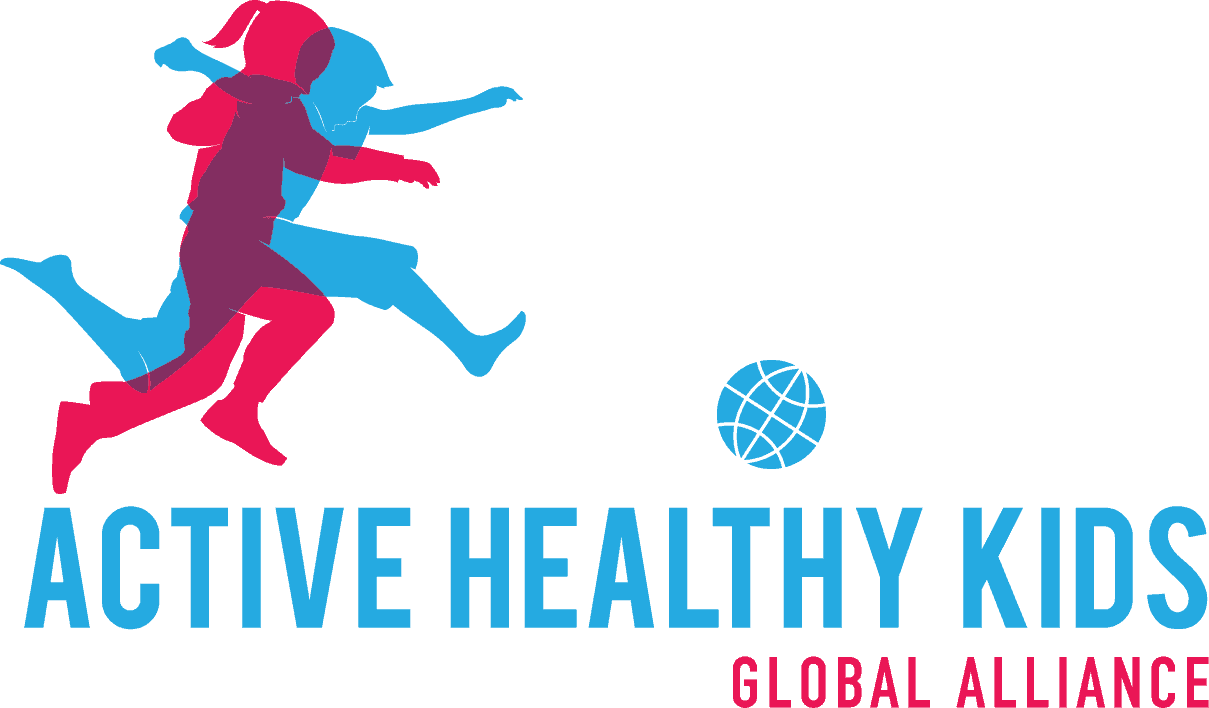
11 Feb New Study Describes How Movement Behaviour Monitoring Can Be Improved to Improve Movement Behaviours in Children and Adolescents Globally
The Problem.
Despite low levels of physical activity, high levels of screen time and increasing concerns about sleep among children and adolescents, public health surveillance (monitoring) of these movement behaviours is very limited in almost all countries https://doi.org/10.1186/s12966-021-01155-2. Better surveillance encourages changes in policy and practice which improve the health behaviours, and what high quality surveillance at national and international level would look like has been described https://doi.org/10.2471/blt.22.288569 . What has been less clear is how to achieve improvements in surveillance.
What This New Study Did
This new study involved a Delphi process among international experts in movement behaviour surveillance from the Active Healthy Kids Global Alliance (AHKGA) and the SUNRISE International Study of Movement Behaviours in the Early Years (Fig) to identify and prioritise the practical steps needed to improve movement behaviour surveillance from infancy to the end of adolescence.
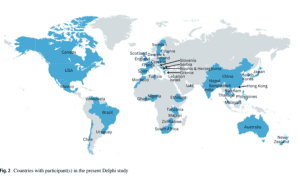
What This New Study Adds- What Needs to Be Done
There was consensus on the main practical changes needed, all underpinned by improved funding for surveillance (Fig).
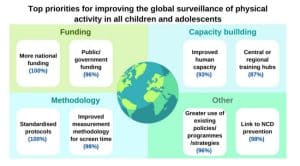
We Are Close to Achieving What Needs to Be Done
We are quite close to achieving the practical changes to surveillance suggested by the new study. Existing international movement behaviour surveillance initiatives like SUNRISE and the AHKGA could be adopted /adapted to provide high quality national and international surveillance. Existing research programmes like the Global Child and Adolescent Physical Activity Questionnaire (GAC-PAQ) should provide new methods which are appropriate globally.
Congratulations to everyone involved! Read the study here.
Photo by Porapak Apichodilok on pexels.
